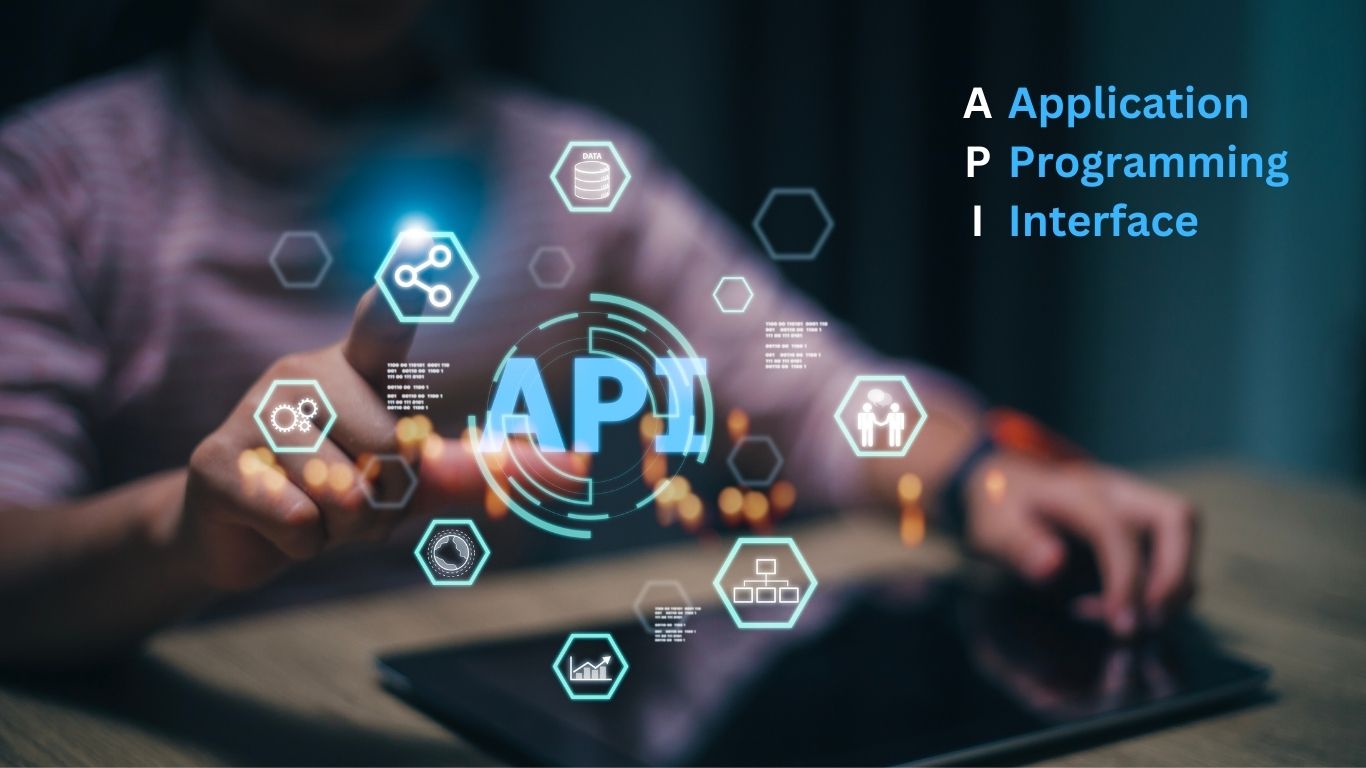To Get OpenAI API Key for your chatbot, follow these steps:
Step 1: Create an OpenAI Account
- Go to the OpenAI website and sign up for an account, or log in if you already have one.
Step 2: Access the API Key Section
- Once logged in, navigate to the API Keys page.
- This section is where you can view and manage your API keys.
Step 3: Generate a New API Key
- Click on “Create new secret key”.
- Copy the key that is generated, as you won’t be able to see it again later.
- Tip: Store this key in a secure location like a password manager or environment variable for your plugin.
Step 4: Set the API Key in Your Plugin
- In your
ChatBOT Plugin, add the API key to the configuration settings or securely store it in the environment variables.
define('OPENAI_API_KEY', 'your-api-key-here');
When developing a chatbot application using OpenAI’s API, the difference between a “custom API key” and a “default API key” typically refers to how the API key is managed and used within the application. Here’s a breakdown of the differences:
1. Custom API Key
A custom API key is a unique key that users provide to use their own OpenAI account and quota for API requests within an application. This setup is often used when:
- User-Specific Usage: The application allows individual users to provide their own API keys, meaning each user is responsible for their own usage, billing, and limits.
- API Key Management: Users of the application must obtain an API key from OpenAI and input it into the application’s settings or configuration.
- Customization: Each user has the flexibility to use their own API key, which might allow different usage tiers, limits, or permissions based on their OpenAI subscription plan.
- Privacy and Control: Users retain full control over their API key and usage, as their API key is tied to their own OpenAI account.
Pros:
- Offloads the API usage costs to the user.
- Users have more control over their usage limits and can manage it independently.
- Application developers don’t need to worry about scaling the OpenAI API limits for all users.
Cons:
- Requires users to go through the process of obtaining and inputting their API key.
- User experience may be slightly more complex due to the additional setup step.
2. Default API Key
A default API key refers to a single API key that is provided by the application developer and shared among all users of the application. In this scenario:
- Shared Usage: All users of the application leverage the same API key for making requests, which is managed by the application’s backend.
- Simplified Setup: The user doesn’t need to input or manage their own API key, making the experience seamless.
- Billing and Quota: The application developer bears the cost and quota management for all API requests, as all requests are made using their key. This can make scaling a challenge, especially if the application is used by many users.
- Developer Control: The developer maintains control over the API usage and can manage throttling, usage limits, and billing on behalf of all users.
Pros:
- Simplifies the user experience, as they don’t need to acquire or manage an API key.
- Centralized control over API usage, allowing the developer to control costs and limits.
- Easier to implement as part of a SaaS model, where the API cost can be included in subscription fees.
Cons:
- The developer is responsible for the costs of API usage, which can increase with more users or high-traffic applications.
- The shared API key may hit usage limits faster, requiring higher-tier subscriptions or rate limiting for individual users.
- Users have less flexibility or control over their individual usage.
Use Case Example in Chatbot Development
- Custom API Key: You might use this if you’re developing a WordPress plugin (like your GetRizwan ChatBOT Plugin) where users of your plugin want to integrate their own OpenAI account and manage their own usage. This is common in self-hosted or open-source chatbot solutions.
- Default API Key: You might use this for a SaaS-based chatbot where all customers use your service with a pre-integrated API key. Users simply sign up and use the chatbot without any additional setup, while you, as the developer, handle the OpenAI API costs.
Conclusion
- Custom API Key is ideal when you want users to bring their own API key and manage their own usage.
- Default API Key is suitable for a simplified experience where the developer handles the API key and costs, providing a more managed service to users.







